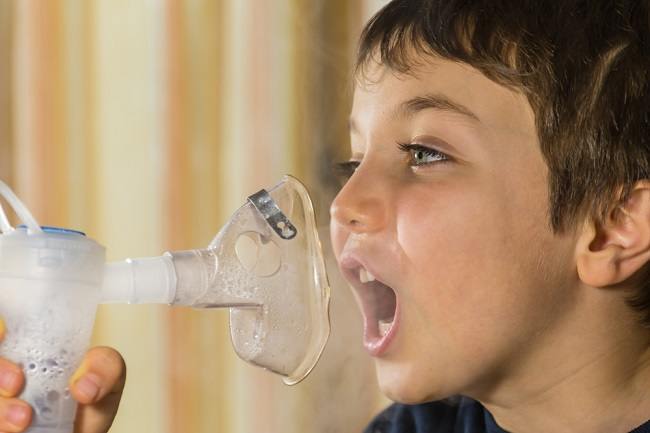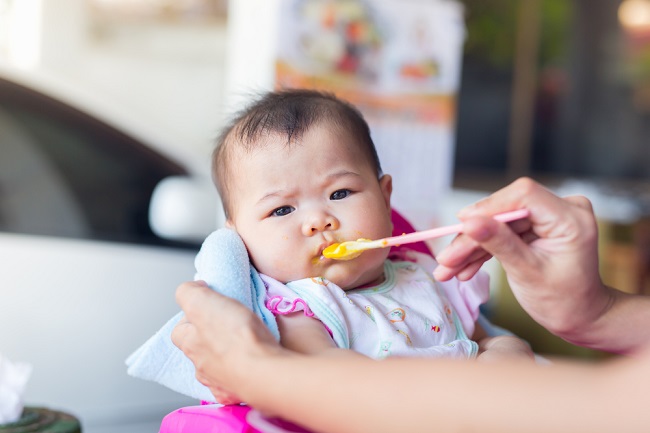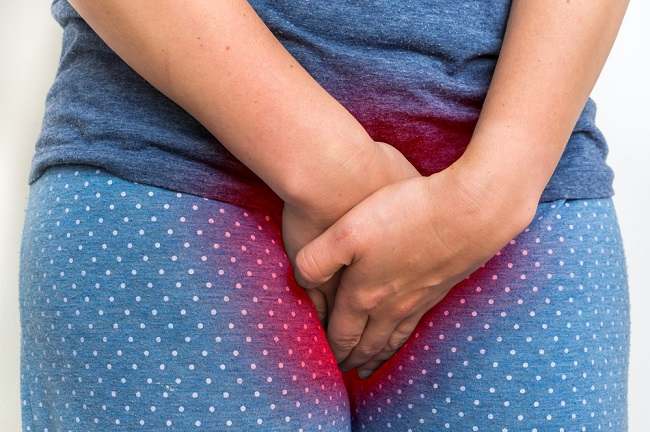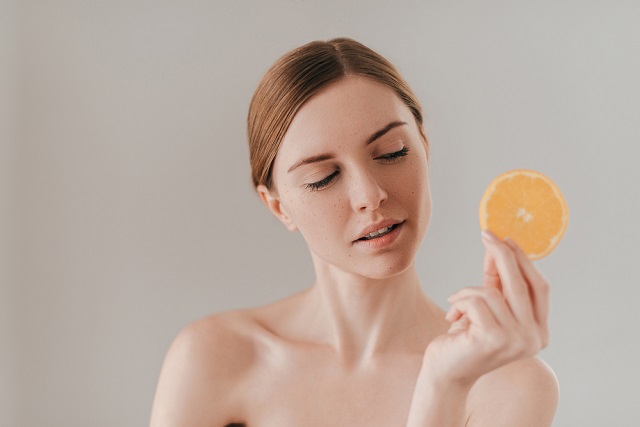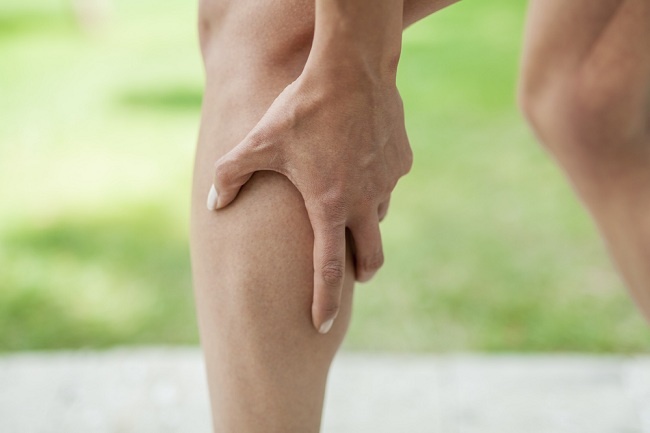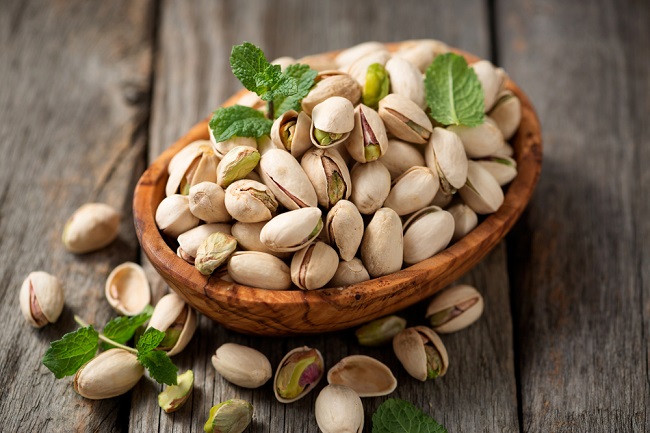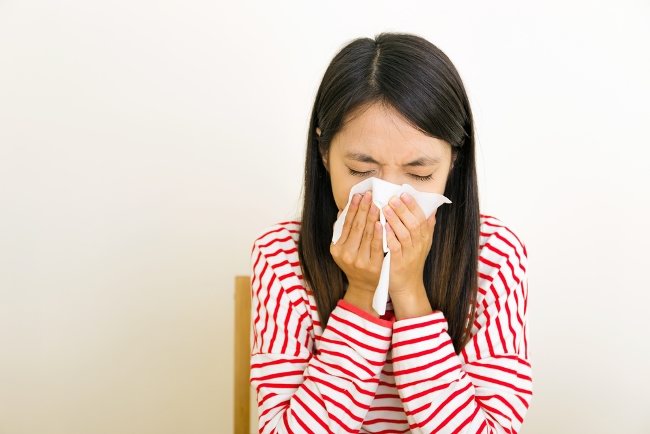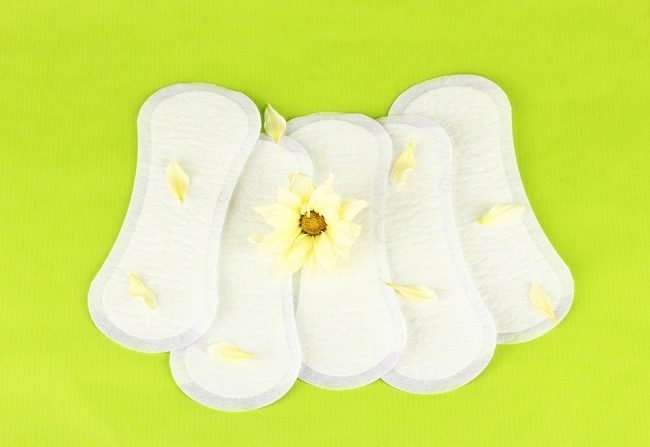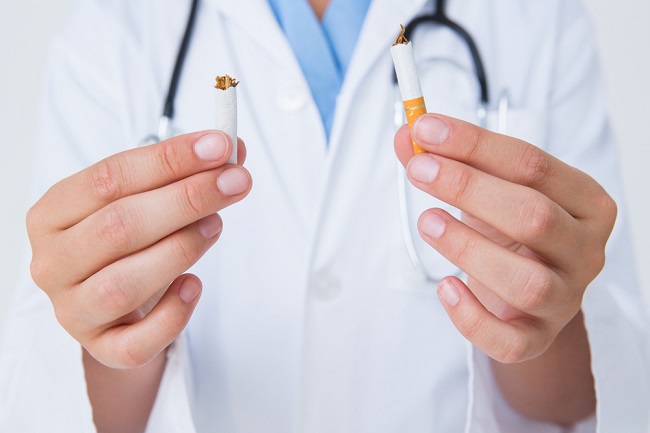Choosing a comfortable bra is not an easy matter. A good bra is generally able to support and keep the breasts firm. To be able to choose a comfortable bra, you need to adjust the bra size to the shape and size of your bust.
A survey shows that about 80% of women wear the wrong bra or bra. In fact, the use of an inappropriate bra not only causes discomfort, but also has a negative impact on health.

How to Know Your Size and Choose the Right Bra
For the sake of comfort, it is important to know the right bra size and according to the shape and size of the bust. Breast size can be judged from two categories, namely the size of the bust circumference and the size of the breast cup.
For chest circumference, bra size consists of a number of counts, for example 32, 34, and 36. Meanwhile, bra cup sizes generally use letters, namely AA, A, B, C, D, and DD.
To determine the appropriate bra size, you can do it in two ways, namely:
Measuring chest circumference
Stretch a measuring tape or tape measure just below the bust to get a bust measurement. If the result is even, add 4 inches, and if the result is odd, then add 5 inches.
For example, if your bust measurement shows a value of 32 inches, then the right bra size for you is 36. For a 33-inch bust, the correct bra size is 38.
Measure bust circumference
After measuring your bust, stretch the measuring strap just above your bust. After the results are obtained, calculate the difference with the results of the chest circumference measurement, for example 33 inches (bust circumference) – 31 inches (chest circumference) = 2 inches.
If the difference is 0 inches, then your breast cup size is AA. If the difference is 1 inch using the A cup, the difference is 2 inches using the B cup, the difference is 3 inches using the C cup, the difference is 4 inches using the D cup, and a 5 inch difference using the DD cup.
Characteristics of an inappropriate bra size
Wearing a bra or bra that is too tight or too loose can cause health problems. This is because the bra can not support the breast properly during use.
To identify the bra that you are using is not right, pay attention to the following signs:
1. Red marks appear on the skin
Red welts on the skin can be caused by a bra that is too tight or a wire pressing against the breast. If you want to choose a bra with wire, choose a shape that matches the curve of the breast, so that the breast is not compressed.
2. The rope is easy to slide
Straps or bra straps should not easily slip and always be on the shoulders, and not cause redness. If the straps you are wearing easily slip off your shoulders, it means the straps are too loose. This will certainly reduce your comfort.
3. Does not support the breast
Cup The bra should be able to support the entire breast without causing a feeling of tightness, but also not leaving a gap. If there is a gap between your bust and bra when you bend over, this means cup bra too big.
4. Bra is easy to shift
A well-fitting bra should not lift when you bend over, raise your arms, or jump. If its position shifts every time you move, it means it's not the right size.
In addition, the position of the bra hook on the back must always be parallel and not curved. If it is curved, it means that the bra is not fully snug and will feel uncomfortable when worn.
5. Not in accordance with the shape of the breast
Currently, there are various types of bras that can be adapted to the shape of the bust and the purpose of use. For example, push up bra, seamless, sportbra, nursing bras, and so on.
Therefore, identify the various types of bras and their respective uses so that the selection of a bra can be adjusted to the type of breast and the activity you are doing. For example, for nursing mothers, you can choose a special bra for nursing mothers.
The wrong bra size or bra can also have an impact on spinal health. For example, a bra that is too tight can cause the spine to feel stiff because it is difficult to move.
In addition, a bra that is too loose can make your neck and upper back muscles have to work harder to support the weight of your breasts. As a result, you are at risk for back headaches or pain in the neck area.
If you have complaints about your breasts, such as pain, nipple blisters, swelling, or you feel a lump, check with your doctor. The doctor can also suggest a certain type of bra that suits your breast condition, if needed.
